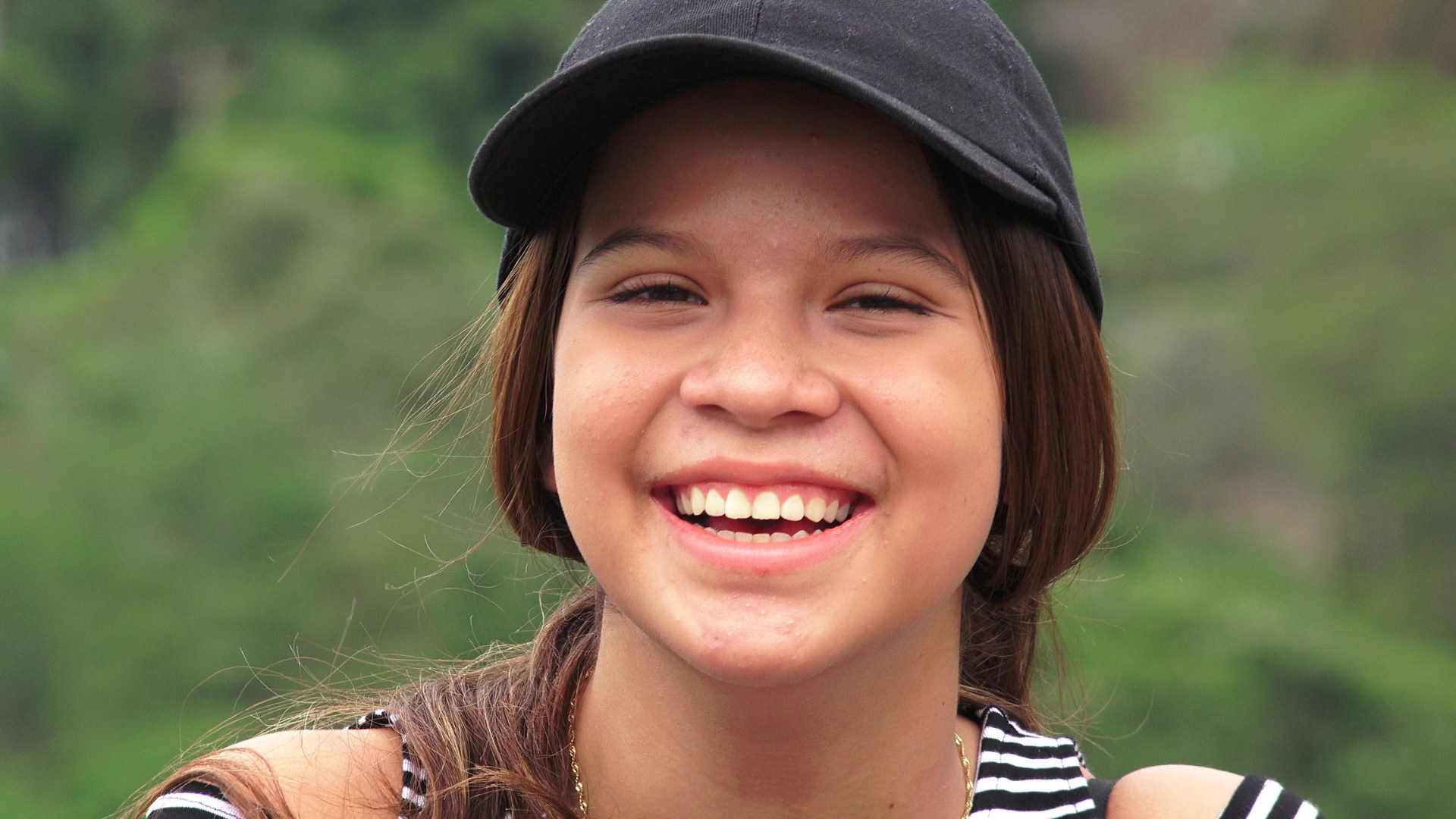
Development of My Professional Philosophy, Part I
When I was 11 years old, I volunteered during the summer with children with special needs. I decided to do this because my older sister was doing it and, at that time, I did anything and everything she did. I soon realized these children were not like the preconceived notion I had of them.

Development of My Professional Philosophy, Part III
You may remember from last week I shared about discovering the work of Dr. Milton H. Erickson (MHE) and how important his work is to me. Additionally, I discovered the work from the Mental Research Institute in Palo Alto, CA called Brief Strategic Therapy where they also studied the work of MHE and taught tools for resolution to problems.

1. A Map for Change
Here is a brief overview of Map for Change. This is a step-by-step process to help you have choices to respond differently to your life circumstances.

2. You Are Not Your Diagnosis
If you have previously been in the mental health system, you most likely have been given a diagnosis. I want you to know, you are not your diagnosis!

5. Resistance
Last week, I referred to RESISTANCE and its role in the mental health profession. As a review, the concept of resistance is applied to the reaction of clients who do not change or let go of their defense mechanisms. These individuals are referred to as “resistant clients.”

11. Why Some Therapy Models Help and Others Don’t
During my 40-plus years as a psychotherapist, my clients have shared information with me about their previous years of therapy. They often arrive at our initial session with a diagnosis given to them when they first sought help. They feel hopeless and frightened that the label they were given defines them and will affect the rest of their life.

18. Change is Possible
I want you to know that it is possible to change unwanted thoughts, feelings, behaviors and beliefs, creating choices to live the life you desire. For lasting change, we need to work with underlying unconscious patterns and programs we experience as unwanted feelings that repeatedly recreate our problems. Outdated and ineffective old tapes from our childhood are playing in our head, directing our thoughts and controlling our experiences.

19. More on Change is Possible
This seems obvious; however, I need to say it: Change can’t and won’t happen unless and until we do something different. The challenge is that we often want change, but we don’t want to do anything different to contribute to facilitating change. People tend to want to keep doing what is familiar and comfortable and often don’t want to let go of old patterns and responses.

Releasing PTSD
I walked in to schedule an appointment for a pedicure. The manicurist was on the phone, so I had a few moments to glance around her one room shop. A book on her table caught my eye: You Can Heal Your Life by Louise Hay - one of my all-time favorite books.